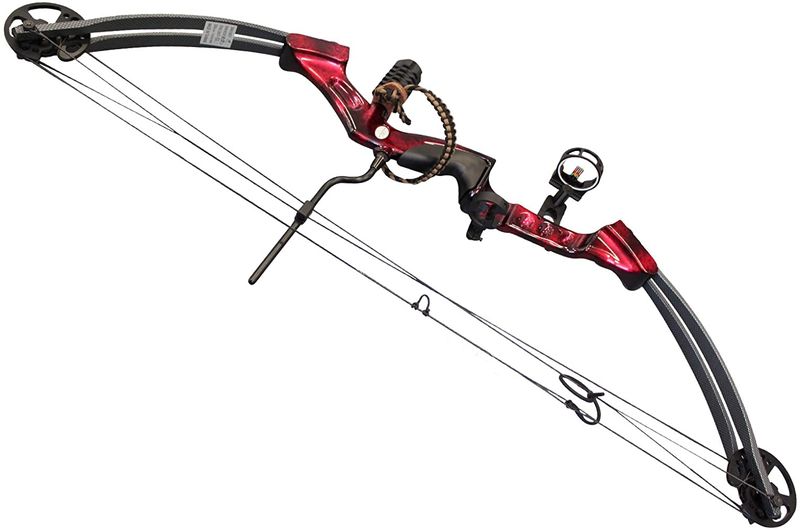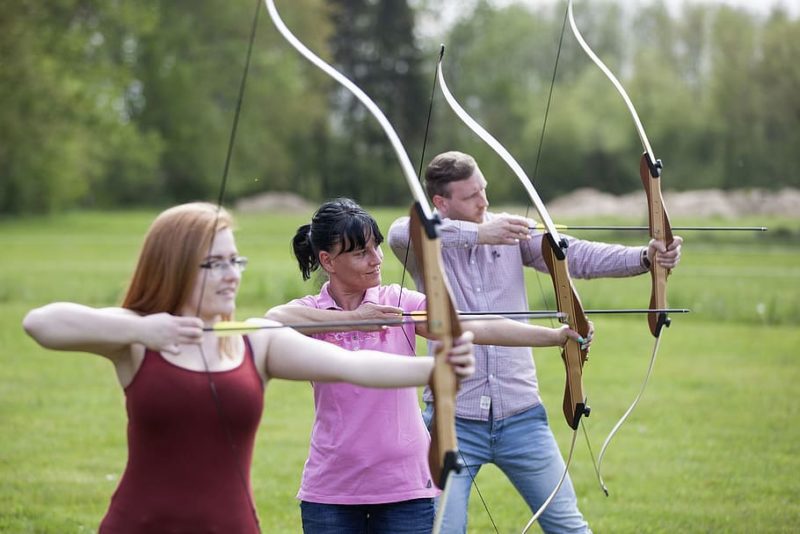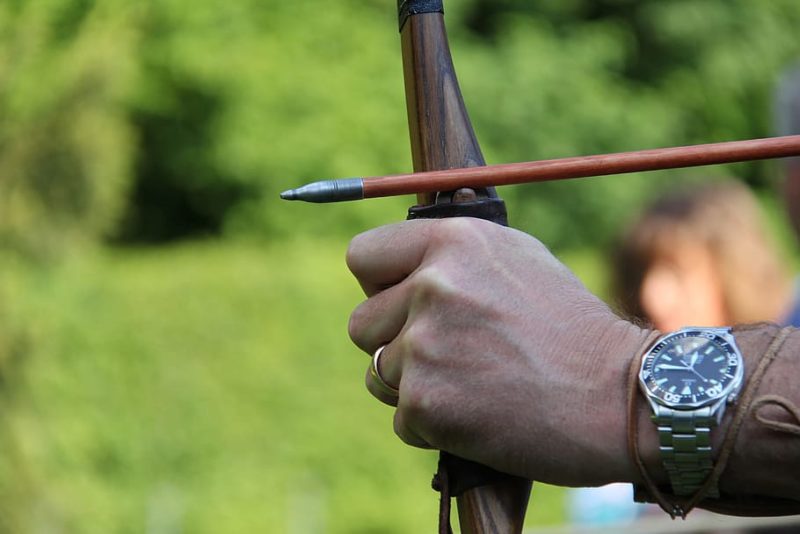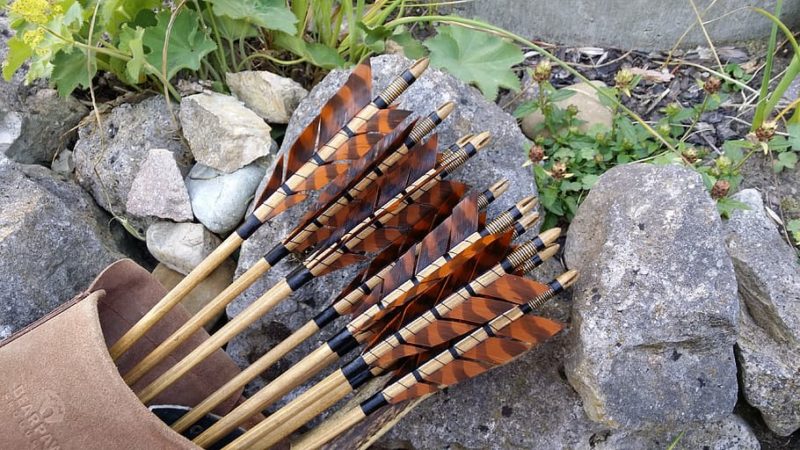Even in the ancient times, archery is considered a valuable skill. Hunting and target shooting were extremely useful to the life in the community back then. Fast forward to the present day, archery is one of the broad activities enjoyed by many.
There are a lot of accessory and bow choices for every kind of enthusiast, but it can be a bit overwhelming before you find your perfect match. So how do you choose the right bow? With our guide below, it’s not as difficult as you think.
Proper Hand Orientation

source:bowadvisor.com
One of the first things to keep in mind is which hand is your dominant one. There are right-handed bows and left-handed bows, so it’s vital to take that into consideration when you shop for a bow. When you’re learning archery, you want it to feel natural, not awkward.
With right-handed bows, you hold the bow with your left hand and draw with your right hand. It’s exactly the opposite with left-handed bows, as you hold it with your right hand and draw with your left hand.
The Right Type of Bow

source:pxfuel.com
You can choose from different types of bows: the crossbow, the recurve bow, and the compound bow.
You’ve probably heard of a crossbow more than the other types of bows. They’re a pretty popular weapon of choice in movies and TV shows. Crossbows have a traditional yet cool vibe. It’s easy to learn as well, because you don’t have to hold a crossbow at full draw. Instead, they have a mechanical latch in the design which holds the bowstring for you. As such, you can take more time to aim. You can also find a mechanical trigger that can be used with telescopic sights so you can aim more precisely.

source:amazon.com
Recurve bows are also common in movies, like what Katniss Everdeen used in the “Hunger Games”. There are many types and materials you can choose from, including fiberglass, metal, and carbon fiber. Generally, a recurve bow is almost free from the many complicated archery gadgets, so it’s fun to shoot and feels more natural to use. Recurves are the choice for Olympic shooters and shooting competitions.

source:amazon.com
Lastly, a compound bow lies between a crossbow and a recurve bow. They’re actually easier to shoot than recurve bows, but they’re more challenging than crossbows. A compound bow is popularly used for recreational shooting and competitive archery. What makes them unique is the “let-off” feature, which allows archers to take more time with their aim and practice even longer.
Whichever type of bow you want, make sure you test it out first to see it fits your personal style. You may choose here first before actually testing or buying one.

source:pxfuel.com
Grip
There’s no one-size-fits-all grip on a bow, and this will really depend on how you feel when you hold the bow in your hand. The grip will allow the bow to balance against your hand. You should not actually grip the bow so tightly for it to feel comfortable. To test this, you want to hold the bow and let the grip sit between your thumb and your palm. If it feels natural and you feel it’s right kind of balance without gripping the bow tightly, then it’s a good match.

source:pxfuel.com
Material
When you’re investing in a bow, you want something that will last. There are different materials such as plastic, fiberglass, wood, and metal. If you’re buying a compound bow, all of them are made from metal. Also, they all have varying price ranges. Plastic and fiberglass bows are generally cheaper, but like how it is with most things, they can break sooner. Wood is more reliable option, but if you can splurge on a bow that lasts, metal is the best choice.
Draw Weight
The draw weight refers to how much force it would take to pull back the bowstring fully. A rookie mistake many archers make is they tend to choose bows with the heaviest draw weight. This is because they want to shoot at faster speeds. However, a heavy draw weight would naturally cause more stress when you’re trying to shoot. And if you struggle to pull back the bowstring once, it would certainly be a lot of stress when you do it a hundred times during practice. So, match the draw weight to your strength. If you can maintain holding the bowstring for about 20-30 seconds without shaking, then you should be fine.

source:pxfuel.com
Hand Shock
According to the shrewdhunter.com, hunters should particularly pay attention to this. Basically, hand shock refers to the jarring feeling that an archer gets when the arrow is fired. Depending on the archer, some bows actually don’t transfer energy well. It would feel like you’re losing grip on the bow and it’s going to jump out of your hand. Without that comfortable feeling of balance and naturalness when firing, it’s likely that you’ll lose focus and miss your mark. So, you should practice shooting a few arrows first and see how the bow feels like before settling on it.

source:pxfuel.com
Accessories
Some bows are more versatile than others. Likewise, some archers like their gadgets and some may want it simpler. You have a lot of options when it comes to stabilizers, silencers, and sights. But you can also go for barebow shooting where the bow has no additions. Veteran archers commonly have a variety of bells and whistles for their bows. But if you’re a beginner, you can skip this part and focus on choosing a good bow to practice with.

source:pxfuel.com
Conclusion
Choosing a bow can be an exhausting task, what with the many factors you have to take into consideration. Overall, one of the best things you can do is just see and feel how the bow sits in your hand, and how it feels when you fire that shot. Don’t be afraid to practice with a few arrows first, as you are indeed making an investment. Also, you don’t have to buy the most complicated bow when you’re a newbie. You can start with something beginner-friendly, then move up as you develop your skills.

